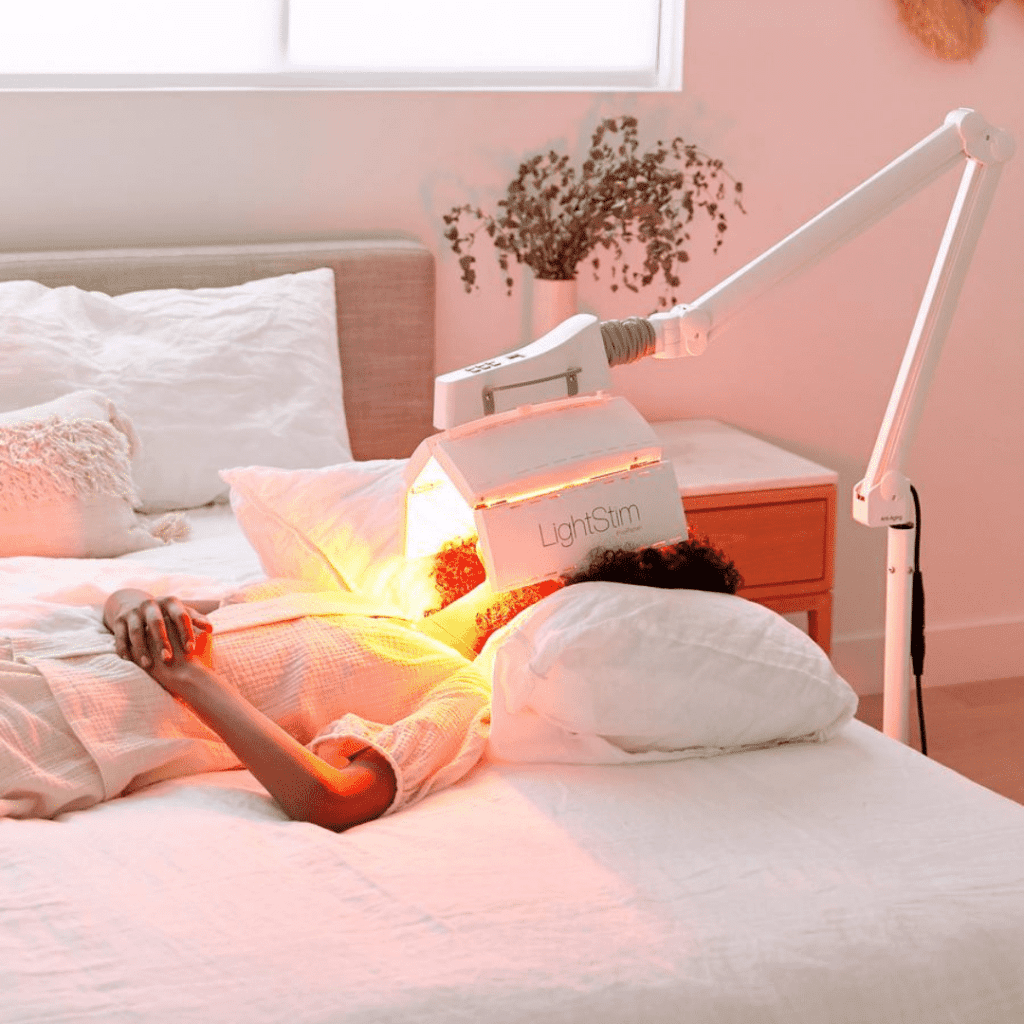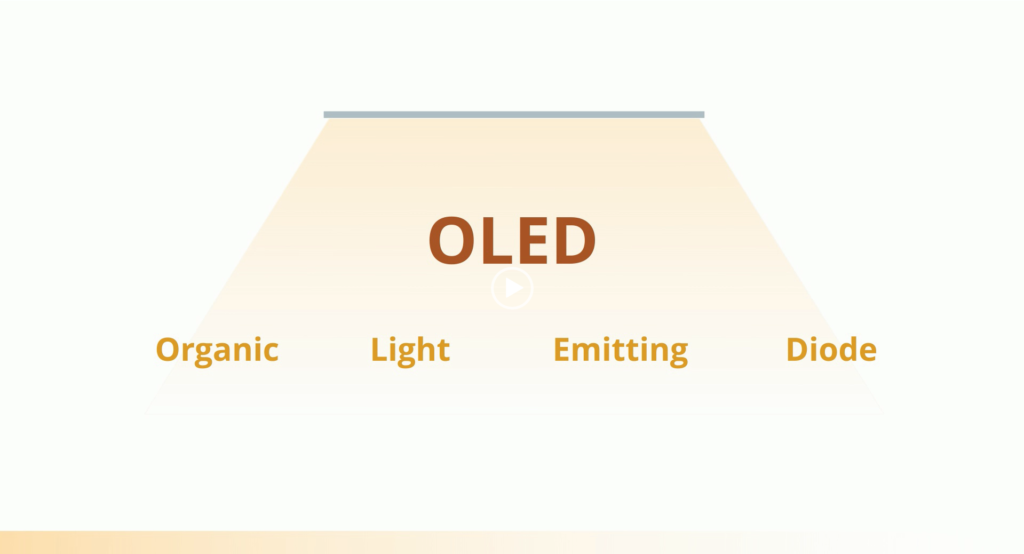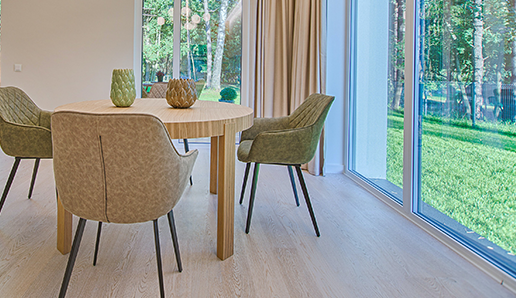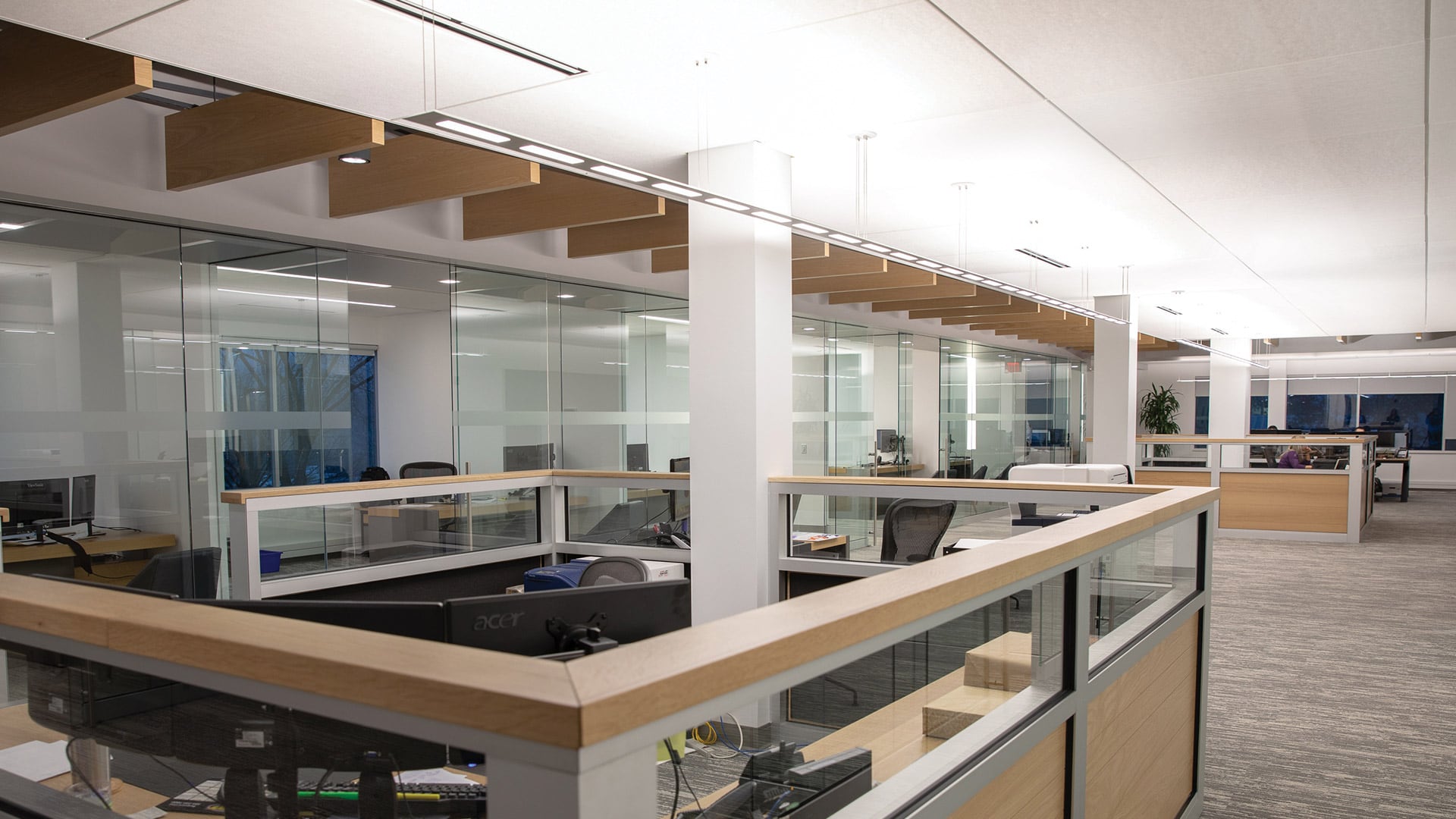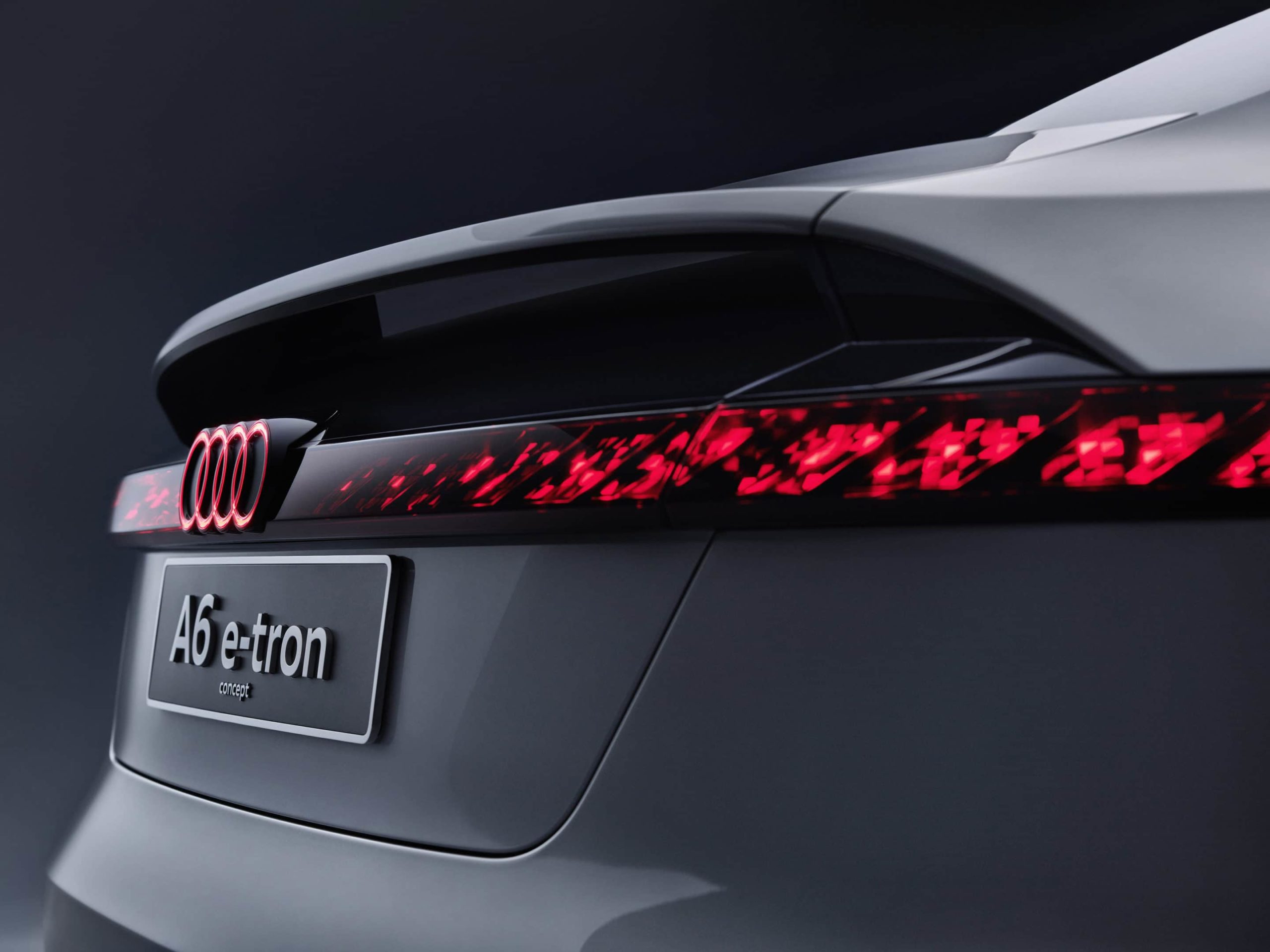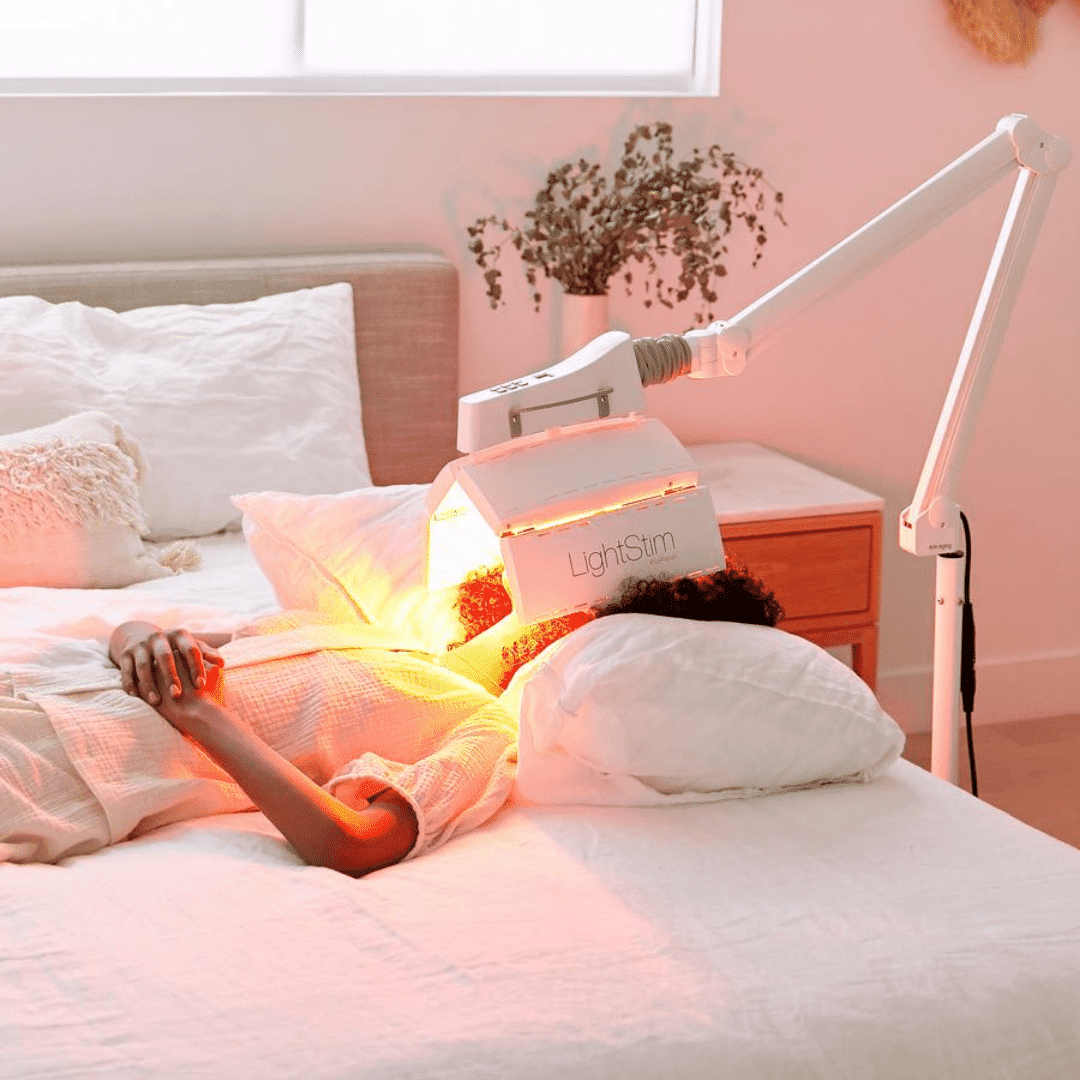Italian Scientists Talk About OLED Light As Human Centric Lighting

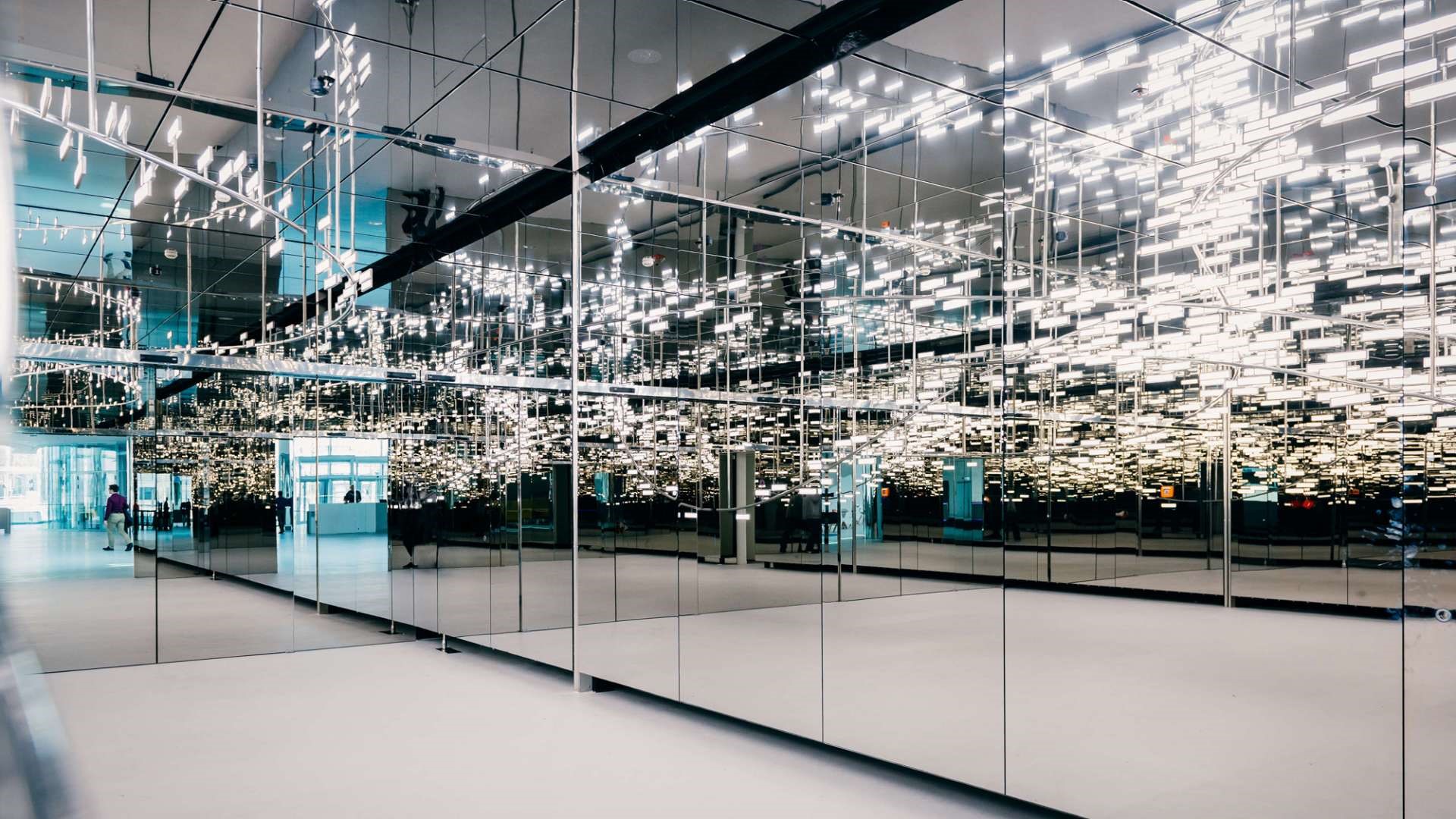
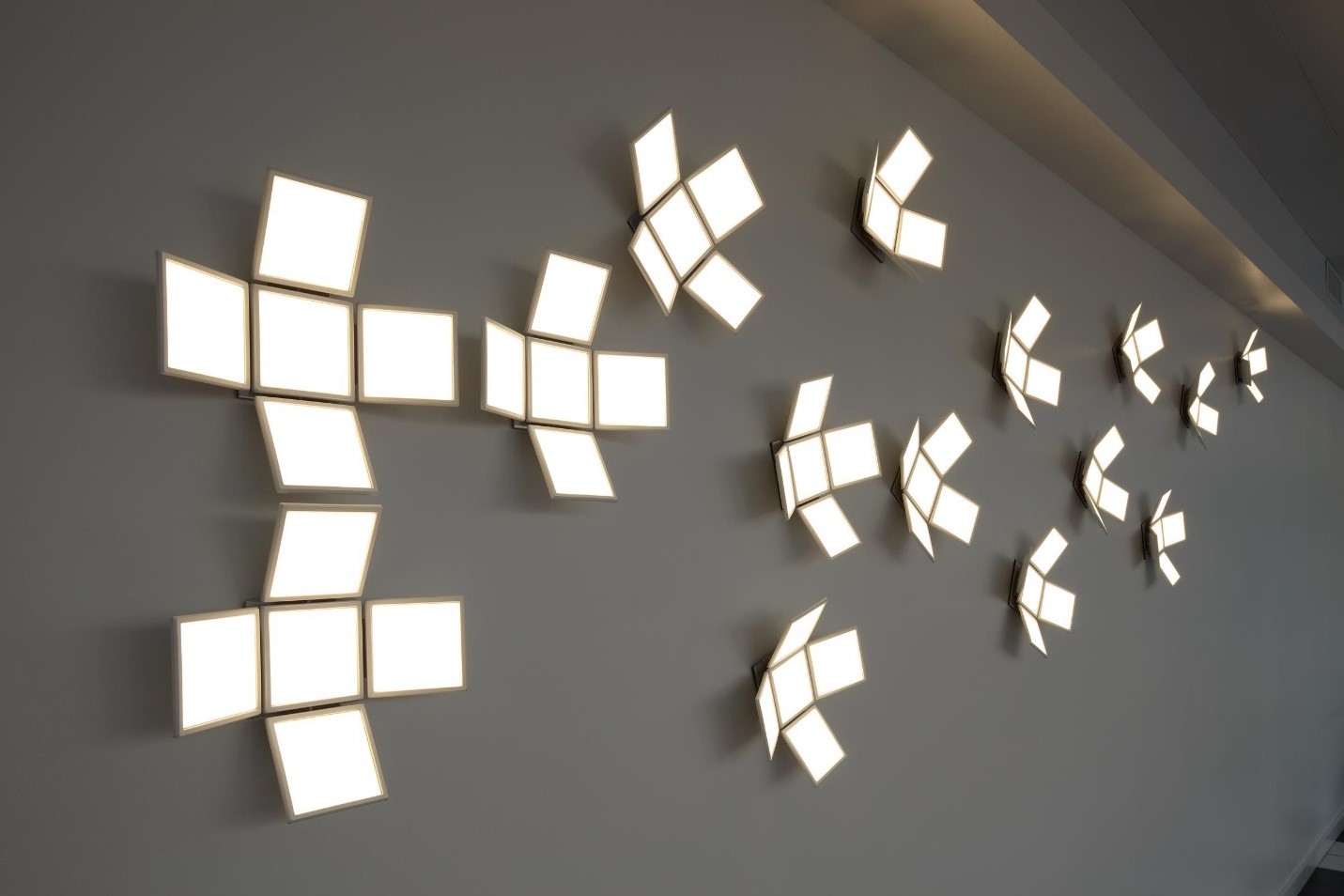
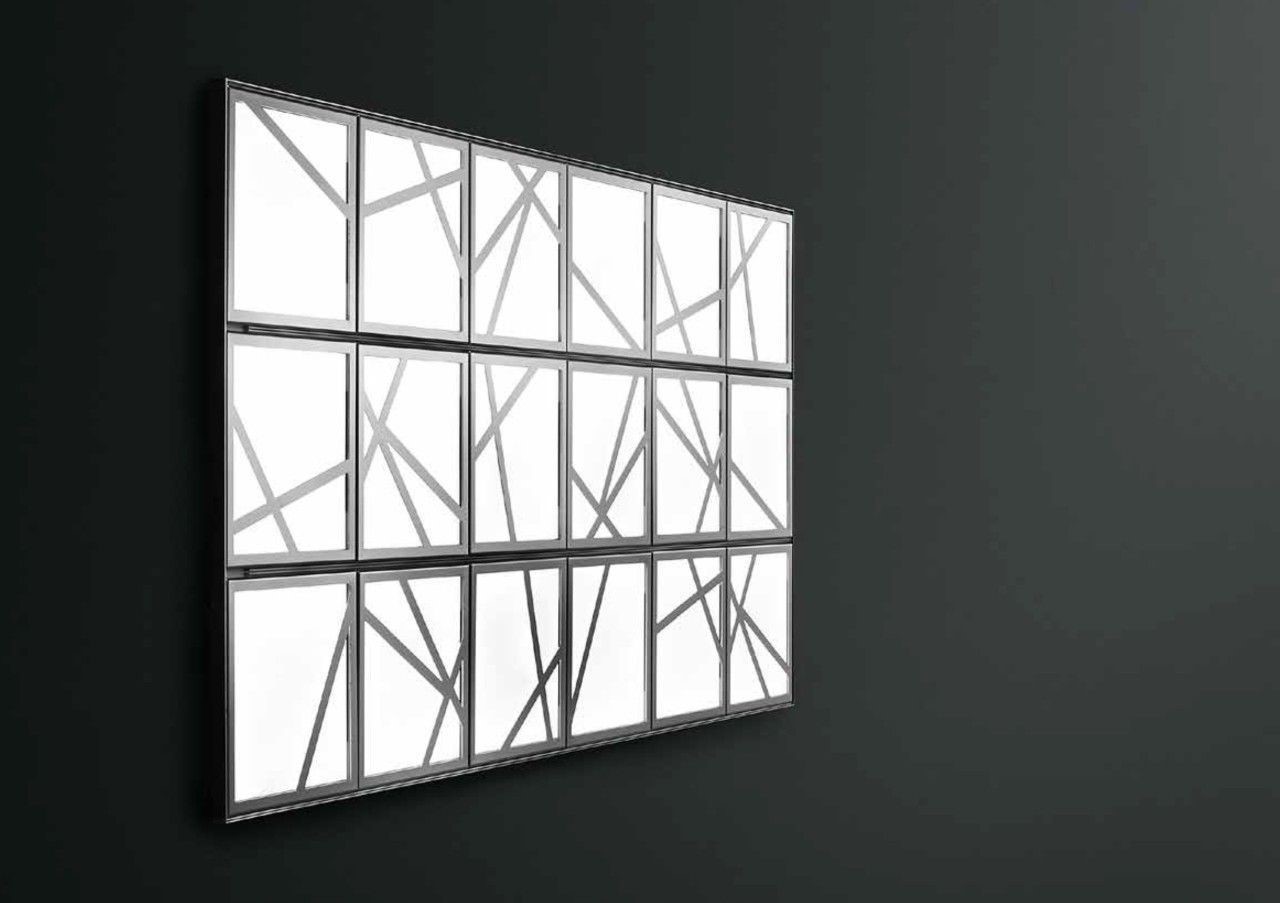
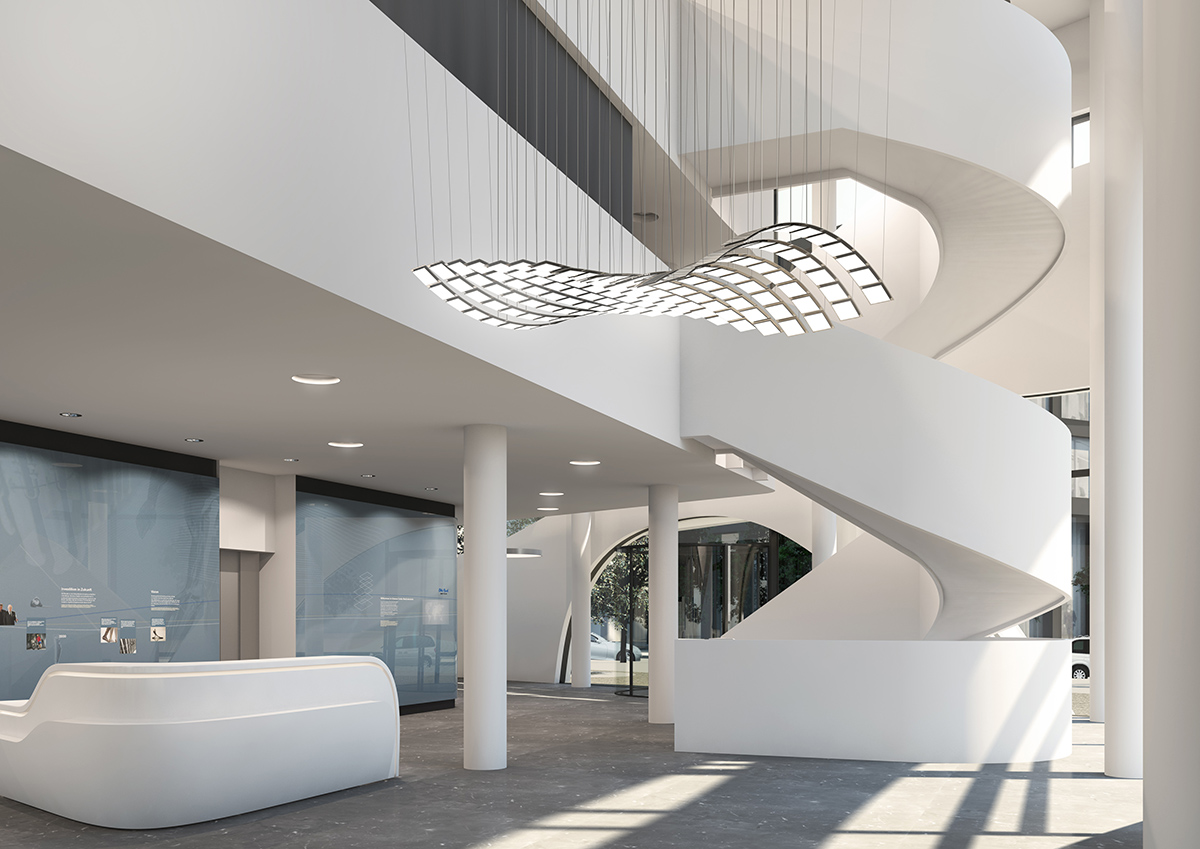
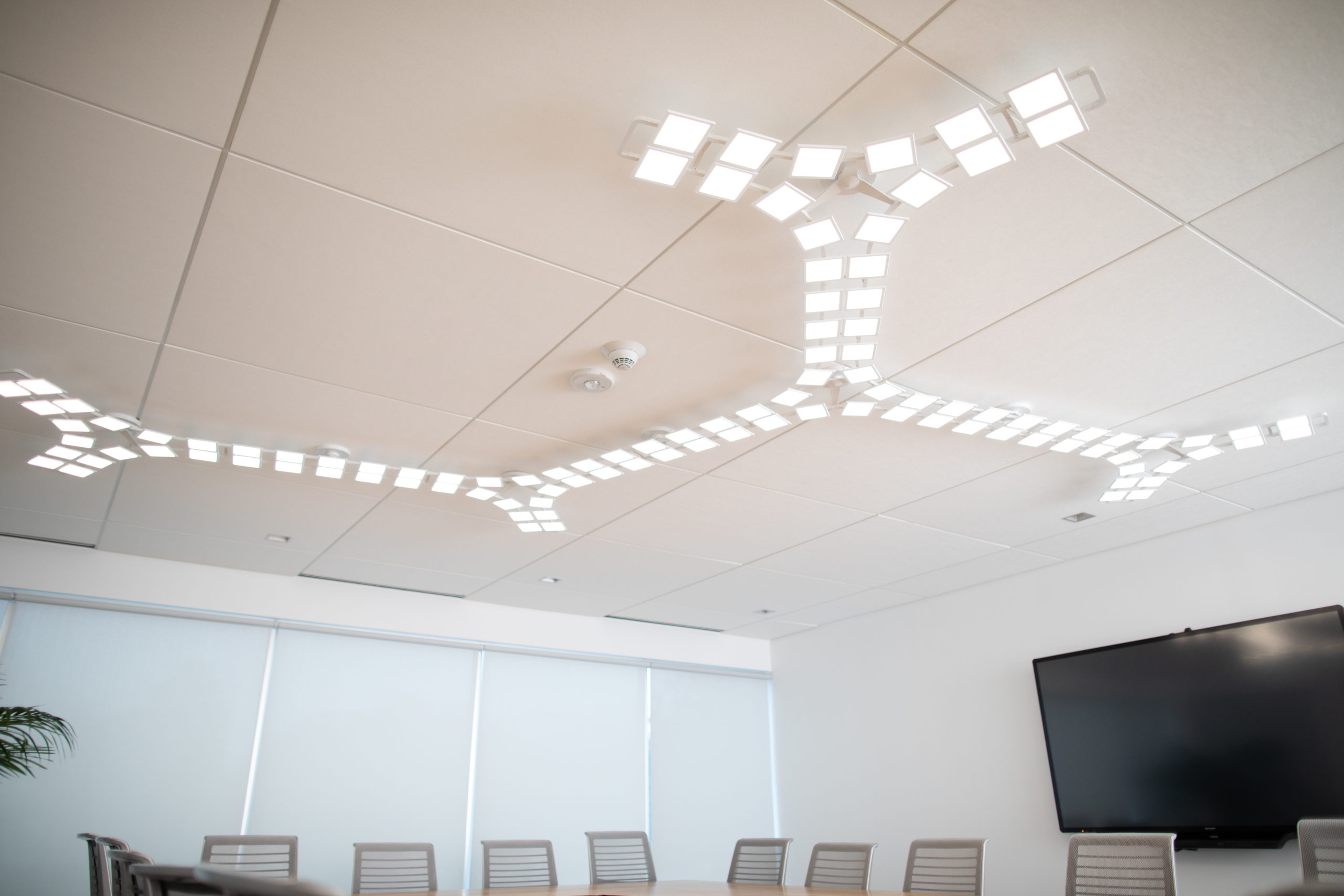
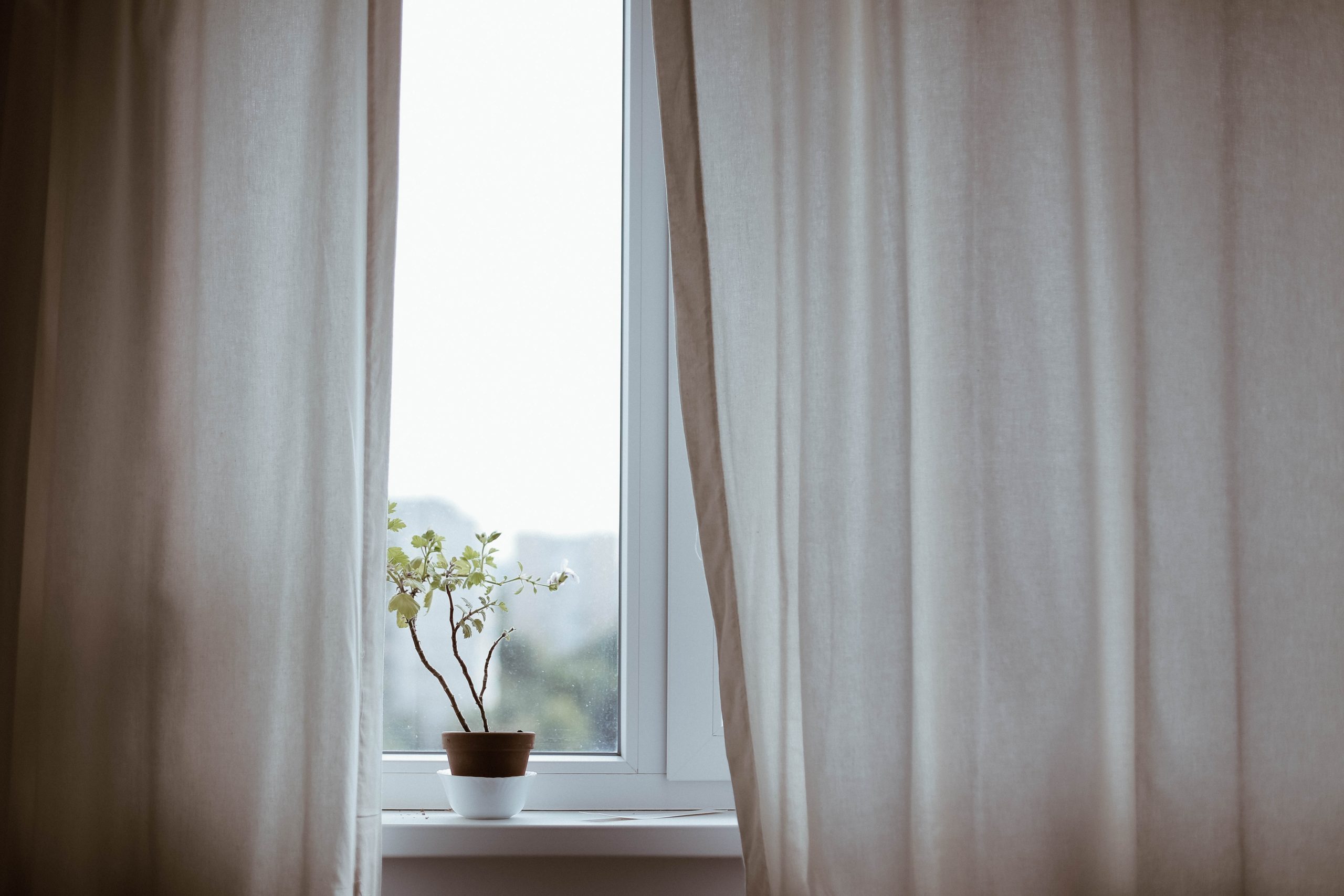
OLED (Organic Light Emitting Diode) lighting, has been able to distinguish itself in the HCL category, as it creates a safe, comfortable environment for everyone from employees in their workspace, to children in daycares and schools, to night shift workers.
With people experiencing increased productivity and improved well-being, it’s only right that the light is considered human centric. The complexity of making this light comes from enhanced mathematical formulas, multispectral sources and bioderived substances – in other words, it’s a very technical process, which is probably why there are so few OLED light panel manufacturers in the world! Essentially, this just means a lot goes into the production of an OLED light panel to result in an energy efficient, sustainable product. The final product’s simplicity can be misleading in that way!
Read Maria Grazia Maglione and Paolo Tassini’s breakdown of OLED as a Human Centric Light, its characteristics and future.
—————————————————————————————-
Human Centric Lighting with OLED Light
Originally published in Luce e Design, by Maria Grazia Maglione and Paola Tassini
The current research guidelines propose the use of new lighting systems, which point to a light at the service of the individual, the so-called Human Centric Lighting (HCL), a light that has the potential to revolutionize life and daily activities, as in the past happened with incandescent bulbs
Light has great effects on humans. Physiology and behavioral studies indicate that it can increase concentration and productivity, improve well-being and safety, even promote healing processes. To obtain these effects, however, it is no longer enough to manage the sources that simply turn them on-off-modulate their intensity.
The HCL systems combine multispectral sources, that is able to emit light of multiple colors, a system of sensors that monitor the effects of light on the psychophysical state of the individuals, an intelligent control system that process sensors and pilot signals adequately the various parameters of the sources (intensity, color, modulation, directionality, etc.), and an appropriate positioning of the sources in the environment to be illuminated, in order to reach the optimal conditions of well-being of the people.
All this goes far beyond simply adjusting the intensity of the lighting according to the seasons, the time of day, the amount of sunshine or the type of activity carried out by the individuals present in the environment, an operating condition obtainable using devices and products already on the market.
Instead, it is necessary to use more advanced systems, which are feedback, that is, capable of measuring “in real time” the effects of light on the psychophysical state of people, processing the data and information collected in the environment and by the individual by applying appropriate models mathematicians to quantify the state of well-being, to decide whether it is necessary to intervene on the light generated to produce well-being, and that they can also operate in synergy with others such as heating and air conditioning, curtains, home automation systems, etc. to produce maximum effect.
The design therefore finds itself having to rethink how to illuminate indoor environments, using light sources that allow to obtain a light similar to natural light, that is, produce diffused light and are not glaring, and that have an adjustable spectral content.
At the same time, these new product solutions must also be efficient, low consumption, have a low access cost, and do not have to use critical raw materials for their construction, critical raw materials. on the contrary, they are made with easily available or even bio-derived substances, so that, at the end of their life, they are easily manageable or recyclable, therefore environmentally friendly.
OLED and the changing workplace
The lighting technology that already allows today to fully meet all these requirements is that of OLED ( Organic Light Emitting Diode ) for lighting, which is progressively gaining market share (passing according to IDTechEx, from US $ 200 million in 2019 up to over US $ 2 billion in 2027), and whose main market players are LG, OSRAM, OLEDWorks, Kaneka, to name the most relevant.
The exclusive characteristics of OLEDs, not obtainable with other light sources, are:
a) the possibility of a large emission area with diffused light generation
b) the low operating temperature (the large emission area allows effective disposal of the residual heat, without the need for specific and bulky heat sinks)
c) the possibility of creating thin and light devices, with production methods through low cost processes and on flexible substrates
d) the wide possibility to adjust the color of the light emitted
e) transparency
f) the absence of dangerous substances in the production cycle
g) the possibility of creating any shapes and geometries.
These features allow OLEDs to offer great versatility in terms of design, particularly in tune with the originality and innovation of “Made in Italy” productions, being able to think of light as a material to be molded and processed in the environment, and light sources as real architectural and decorative elements.
And, even more, in the development of HCL systems, these potentialities are useful, as exemplified in the images presented in these pages. The use of all the same OLEDs, but modular in their modularity, dictated at the moment by the technologies used for their manufacture, based on the use of rigid glass substrates of fixed and limited dimensions, and on deposition, by evaporation in vacuum chambers , of the materials for the functional layers that make up the devices ¹ , already allows a wide compositional freedom for the lighting systems.
However, the technology is rapidly evolving towards other process methods, which use flexible substrates, first in flexible glass, and later in metal and plastic (less fragile than glass, but which present other problems still to be overcome), and materials functional fillable also by printing, to prepare sources that could be called free shape , also custom configurable according to the ideas of designers and architects: sources ready to be integrated in lighting systems where expressive freedom is complete, which can be designed from the beginning to be inserted in a certain environment to fully enhance it, and in which context they can help to significantly improve the well-being of the occupants.
